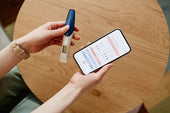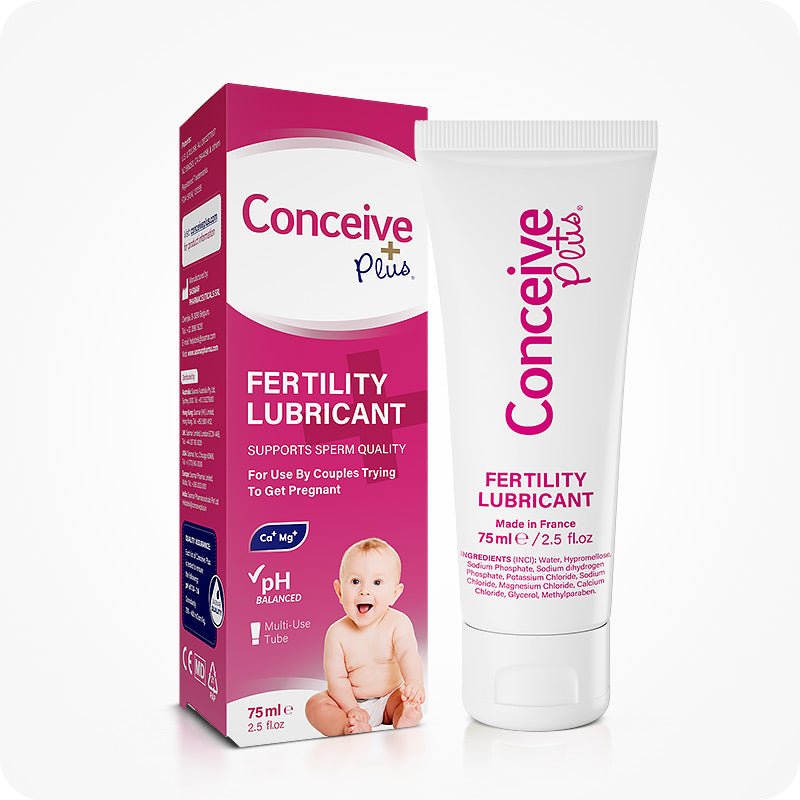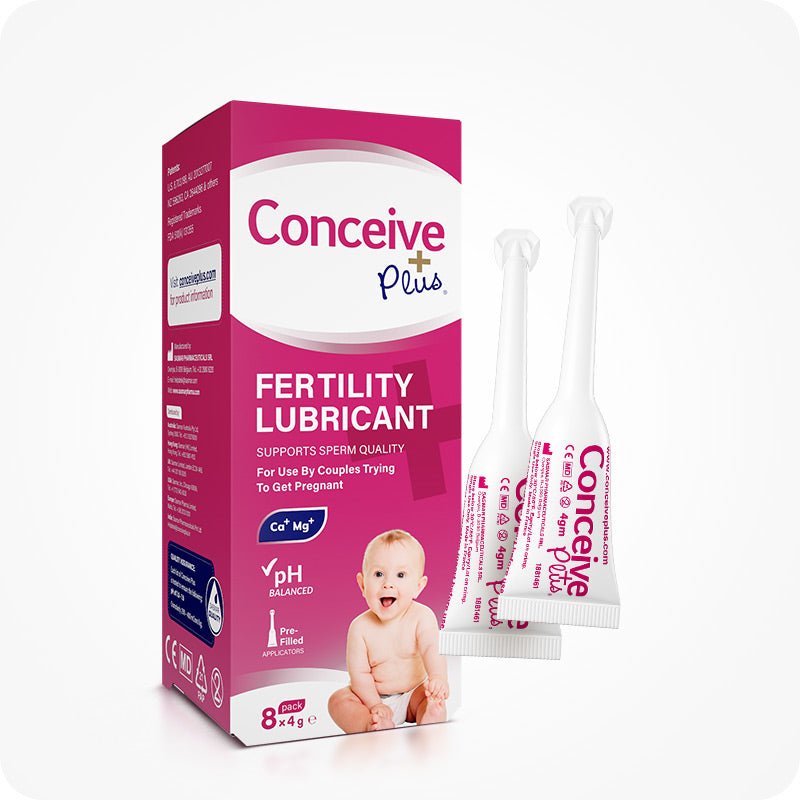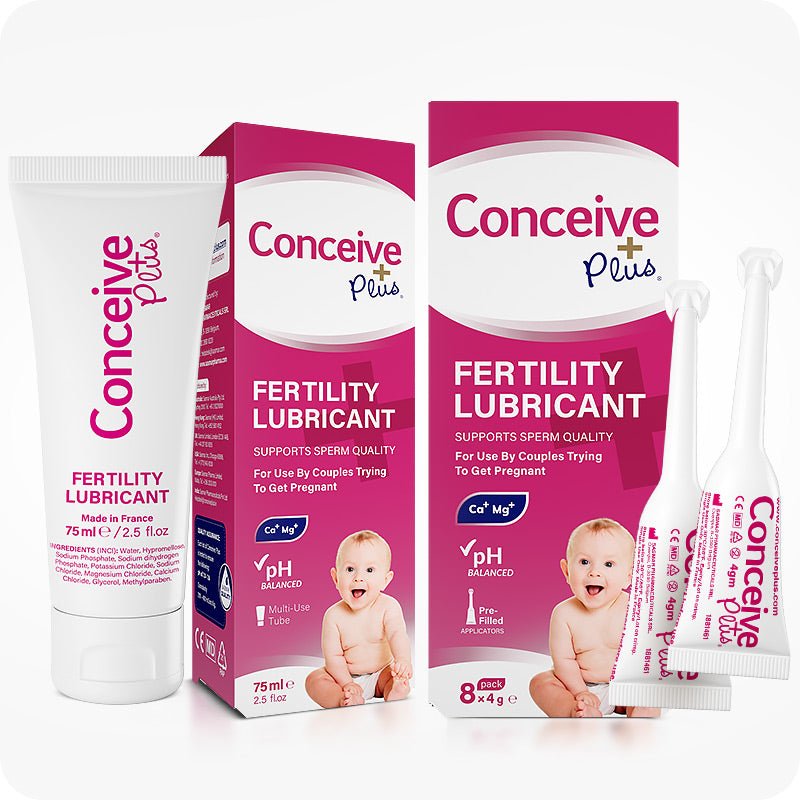Pregnancy Estimator Test: A Smart Guide to Understanding Your Results

Feeling the flutter of anticipation or noticing subtle bodily changes is often what leads people to consider a pregnancy estimator test. The journey toward finding out whether you are expecting can be a mixture of excitement, apprehension, and a desire for accurate answers as soon as possible. For many, the possibility of being pregnant brings numerous questions: How soon can I test? Which methods are the most reliable? And what steps should I take if my results are positive? Understanding these aspects can set you on a path of clarity and informed decision-making. This article explores the essential guidelines to consider when you suspect a pregnancy and want to confirm it swiftly yet reliably.
From the earliest physical hints that might suggest you should take a test, to the various factors that can influence the accuracy of the result, each piece of information can make a real difference in your peace of mind. Though modern testing options are highly advanced, navigating the array of calculators, testing kits, and medical resources can sometimes feel overwhelming. However, knowing how to interpret the results and what to do afterward can be empowering. By the end of this exploration, you will have a clearer picture of how to approach the process and feel more confident about the next steps [1].
Understanding the Significance of Early Clues
In the earliest stages, some individuals experience symptoms like tender breasts, mild cramping, or fatigue that hint toward a potential pregnancy. While these signs can be exciting, they are not always definitive proof. This is where a range of tools, including the early pregnancy test calculator, might come into play. Such digital platforms estimate the most appropriate time to check for pregnancy based on ovulation data or your missed period. It’s important to note that the body’s hormonal fluctuations can be complex, and the reliability of these resources can vary. Some people might have irregular cycles or a longer span between cycles, so a 35 day cycle when to test for pregnancy becomes a pressing concern. During this window, using a pregnancy test calculator based on ovulation can be beneficial, as it helps pinpoint the most accurate testing date [2].
If you're still curious about when will I get pregnant prediction for your unique cycle, be sure to explore our guide "When Will I Get Pregnant Prediction: A Simple Guide for Women" for clear, step‑by‑step insights.
Recognizing Various Testing Methods
Modern innovations offer a plethora of choices for those eager to confirm a pregnancy. From store-bought kits to online pregnancy test calculator tools, the options are both convenient and diverse. If you find yourself wondering when can I test for pregnancy calculator resources can help align your testing schedule with your cycle. Similarly, an hpt calculator (Home Pregnancy Test calculator) provides digital guidance on the optimal days to check your hormone levels via a urine test. For many, ease and immediacy are paramount. They want quick confirmation to facilitate plans, whether that means booking a prenatal appointment or preparing for other possibilities.
However, keep in mind that each testing method has its own margin of error. For those seeking more precise insights, a pregnancy gestational age calculator can factor in the approximate date of conception to give a clearer picture of how far along you might be. Meanwhile, if your periods tend to be inconsistent, an irregular period pregnancy test calculator offers a tailored approach that accommodates your unique cycle pattern. Each tool plays a valuable role in helping you pinpoint the best time to test, so mix and match these methods according to your needs and circumstances.
Timing and Accuracy Considerations
The most common question revolves around test accuracy, which is closely tied to timing. The ideal moment generally aligns with the body’s hormonal surge, particularly an increase in human chorionic gonadotropin (hCG). Testing too early increases the risk of an incorrect result, which is why resources like a take a pregnancy test calculator or a when to take a pregnancy test calculator prove immensely useful. By considering your usual cycle length and typical ovulation window, they guide you toward a more reliable schedule of when to take pregnancy test calculator [3].
A missed period is one of the strongest indicators to test, especially if your cycle tends to follow a predictable pattern. If you’re unsure about how to count pregnancy after missed period, numerous online platforms provide step-by-step instructions, often eliminating confusion. Some may ask themselves, “when can I take a pregnancy test calculator wise?” or “when should I test calculator wise?” with the goal of reducing false negatives. These tools often account for the day hCG becomes detectable, thus improving accuracy. Nevertheless, not all products share the same sensitivity, so it’s wise to scrutinize instructions thoroughly. A combination of correct timing and a reputable test is your best bet for an accurate outcome, giving you a reliable answer and reducing the emotional ups and downs that can accompany the wait.
Myths and Misconceptions
Myths still linger about how soon a test can show a definitive outcome. Some believe that testing directly after intercourse can deliver a clear yes or no, but this is more likely to yield a false negative. Tools like a pregnancy test weeks estimator or a pregnancy test calculator offer more dependable guidance, showing you when the body’s hormonal markers are high enough to read correctly. Another misunderstanding is that multiple results over a short span—such as one test in the morning and another that afternoon—are definitive. In reality, hormone levels can take time to increase, so waiting a couple of days in between tests is generally advisable.
Confusion also extends to how to calculate pregnancy month or the use of a missed period am I pregnant calculator, especially if your cycle deviates from the conventional 28-day norm. Understanding that each body is different can help. By relying on factual insights rather than hearsay, you’re less likely to become overwhelmed by false assumptions. These myths persist partly because pregnancy detection can be both thrilling and tense, so sorting fact from fiction goes a long way in making confident decisions [4].
If you're wondering how long does it take to get pregnant from fertilization to implantation, be sure to check out our guide "How Long Does It Take to Get Pregnant From Fertilization to Implantation" for in‑depth insights into your conception timeline.
Interpreting Positive Results and Next Steps
Once you see a positive result, it can elicit both excitement and a fair amount of nervousness. Many individuals then ask, “positive pregnancy test when did I conceive?” or consult a positive pregnancy test calculator to pinpoint a probable date of conception. Similarly, questions about gestational age may arise, prompting the use of a gestational age calculator. Gaining insight into how far along you might be can prove pivotal for planning prenatal care, arranging ultrasound appointments, or simply making sense of the bodily changes you’re experiencing.
Some also turn to a pregnancy calculator clear blue, a commonly recognized brand tool that provides an approximate week range based on hormonal levels. While these resources can guide you, your healthcare provider will offer the most definitive assessment through clinical evaluations and blood tests. Speaking to a professional not only confirms the pregnancy but also opens the door to early discussions about health, diet, lifestyle, and any unique considerations you might have. This stage is pivotal for ensuring the well-being of both parent and baby and setting up the framework for a healthy pregnancy journey [5].
Practical Strategies for Ongoing Clarity
For many, the process of verifying a pregnancy doesn’t end with a single test. Those with irregular cycles or who cannot recall their last menstrual period might find a missed period calculator beneficial for monthly tracking. If you’re still asking, “missed period am I pregnant calculator wise, what now?” or “when should I take a pregnancy test calculator wise?” remember that consistent monitoring is often key. A when to test pregnancy calculator can further streamline the process for those who may need to test across multiple cycles to get a confident result.
Patience is especially crucial for individuals who follow a 35 day cycle when to test for pregnancy, since ovulation can occur later than in the commonly referenced 28-day framework. An early pregnancy test calculator might be used repeatedly, ensuring you don’t waste resources or emotional energy by testing on days when hormone levels are too low. It’s also worth remembering that if your symptoms are especially persistent or troubling, professional medical advice is indispensable. Hormonal imbalances and other health issues can distort at-home test accuracy, so a qualified opinion can deliver peace of mind when uncertainty persists.
Additional Tools for Refined Guidance
Beyond these widely used strategies, you might explore more specialized options. Some people look for an am I pregnant calculator percentage, which attempts to quantify the likelihood of pregnancy by factoring in details like cycle length, intercourse dates, and symptom tracking. Similarly, a when to test for pregnancy calculator often includes nuanced inputs, allowing you to fine-tune the exact day to perform a test. Another practical choice for those who meticulously chart their ovulation is the when to take a pregnancy test calculator based on ovulation, which narrows down a window of time that boosts your odds of detecting any hormone changes [6].
The Bottom Line
Embarking on this journey armed with a pregnancy estimator test in hand can transform uncertainty into clarity. By familiarizing yourself with various tools and timing strategies, you significantly increase your chances of getting an accurate result. Whether you rely on a basic home kit, a digital application, or a specialized calculator, patience and consistency are crucial. If you face ambiguous outcomes or ongoing symptoms that seem off, reach out to a healthcare professional. Combining at-home resources with expert assessments ensures you gain the most comprehensive perspective on your reproductive health.
A positive outcome can be the beginning of a life-changing experience, but a negative result isn’t always conclusive if taken prematurely or without accounting for an irregular cycle. In both scenarios, awareness of your body’s patterns and proactive steps toward understanding your status will ease the inherent stress of this process. Each individual is unique, and there is no universal template for confirming pregnancy, but credible indicators and trustworthy testing methods can offer much-needed direction. Whether your ultimate goal is to start a family or simply clarify the possibility, the more you know, the better equipped you’ll be to move forward with confidence and a clear mind.
References
- Kennedy CE, Yeh PT, Gholbzouri K, Narasimhan M. Self-testing for pregnancy: a systematic review and meta-analysis. BMJ Open. 2022 Feb 28;12(2):e054120. doi: 10.1136/bmjopen-2021-054120. PMID: 35228285; PMCID: PMC8886405.
- Lee WA, Nelson G, Lala V, et al. Sonography 1st Trimester Assessment, Protocols, and Interpretation. [Updated 2025 Mar 20]. In: StatPearls [Internet]. Treasure Island (FL): StatPearls Publishing; 2025 Jan-. Available from: https://www.ncbi.nlm.nih.gov/books/NBK573070/
- Gnoth C, Johnson S. Strips of Hope: Accuracy of Home Pregnancy Tests and New Developments. Geburtshilfe Frauenheilkd. 2014 Jul;74(7):661-669. doi: 10.1055/s-0034-1368589. PMID: 25100881; PMCID: PMC4119102.
- Ahmad N, Nor SFS, Daud F. Understanding Myths in Pregnancy and Childbirth and the Potential Adverse Consequences: A Systematic Review. Malays J Med Sci. 2019 Jul;26(4):17-27. doi: 10.21315/mjms2019.26.4.3. Epub 2019 Aug 29. PMID: 31496890; PMCID: PMC6719884.
- Chard T. Pregnancy tests: a review. Hum Reprod. 1992 May;7(5):701-10. doi: 10.1093/oxfordjournals.humrep.a137722. PMID: 1639991.
- Feldkamp CS, Pfeffer WH. The measurement of human chorionic gonadotropin for pregnancy testing. Henry Ford Hosp Med J. 1982;30(4):207-13. PMID: 7169378.




















